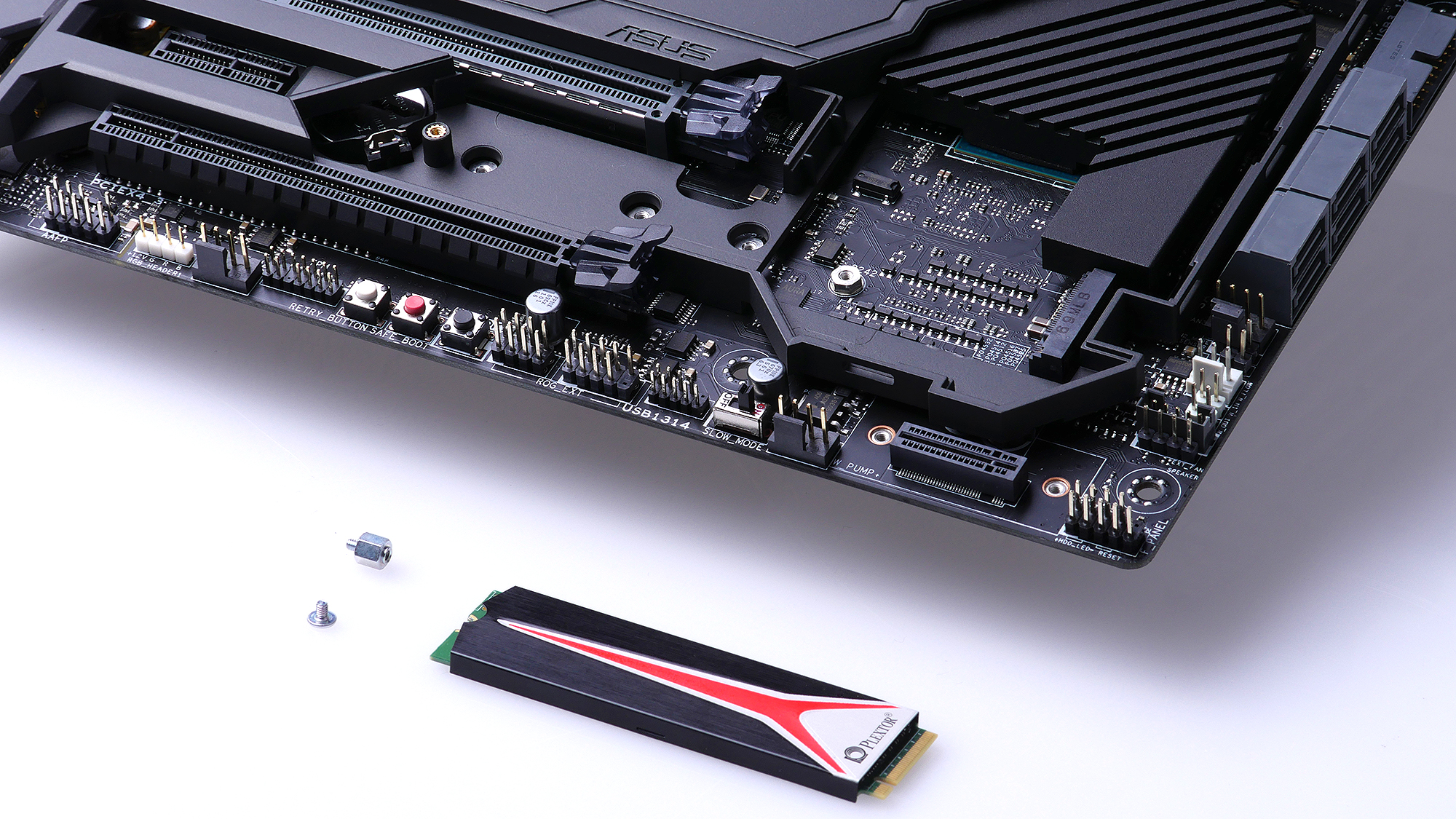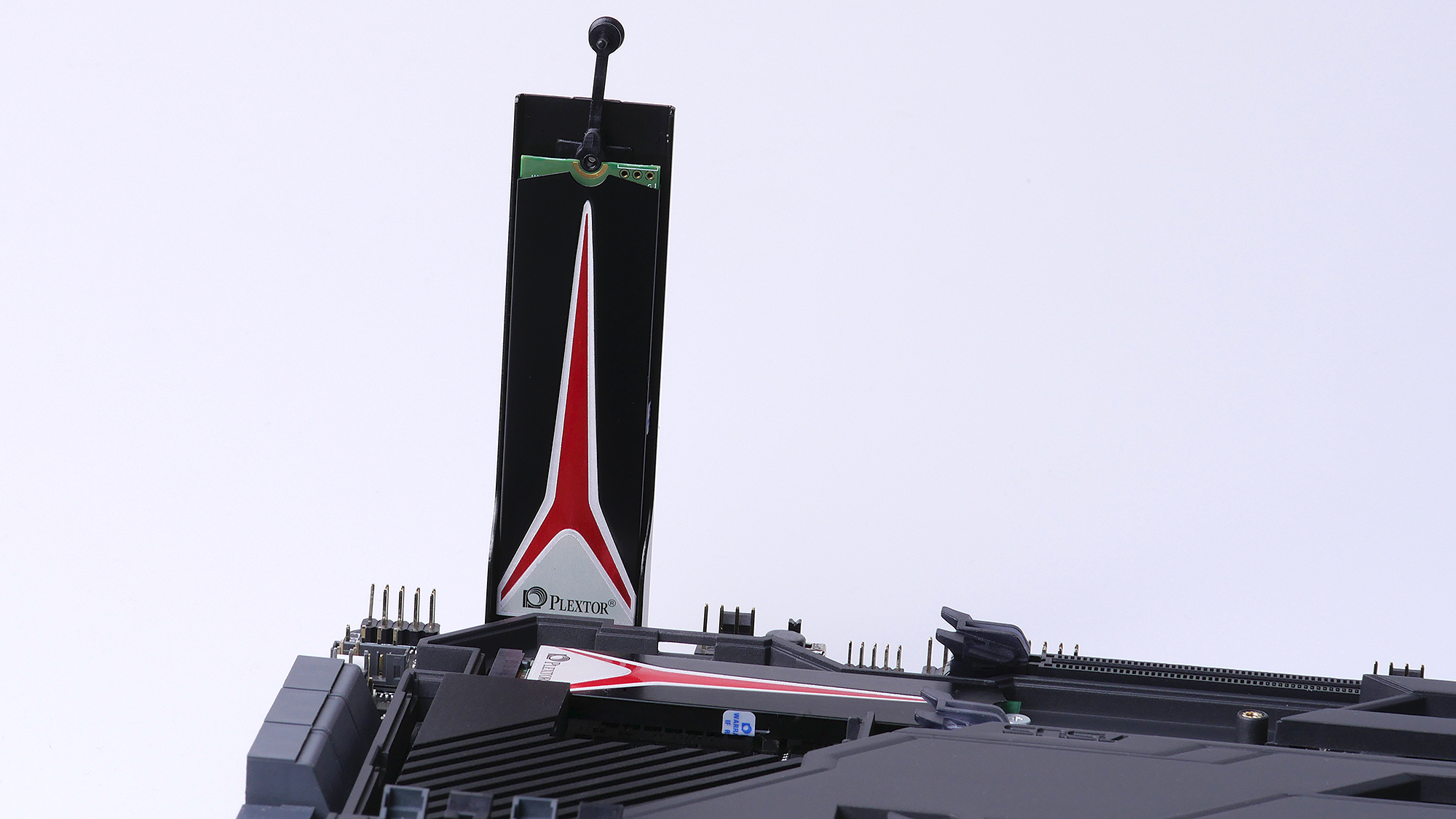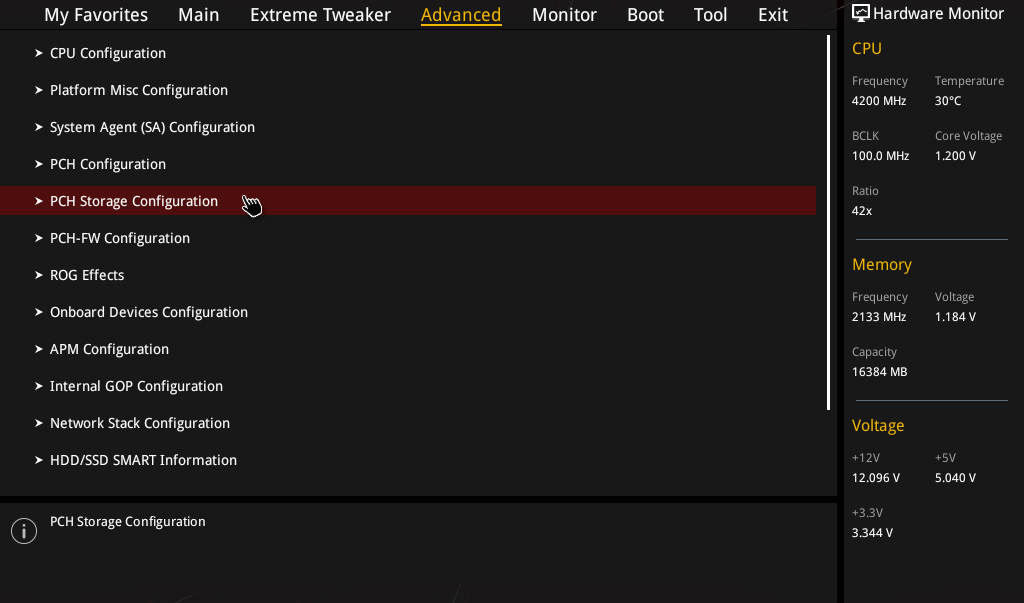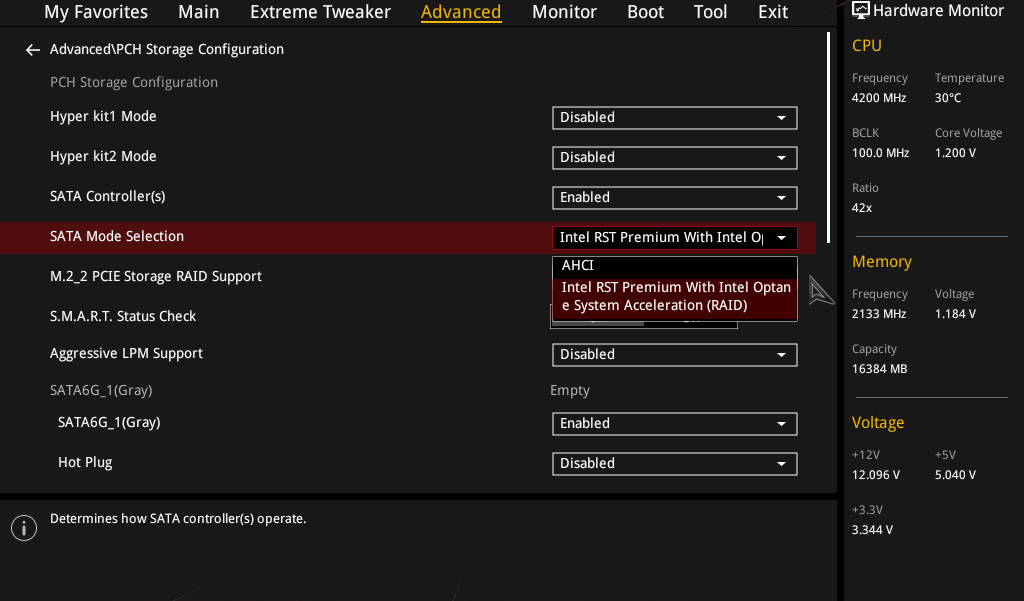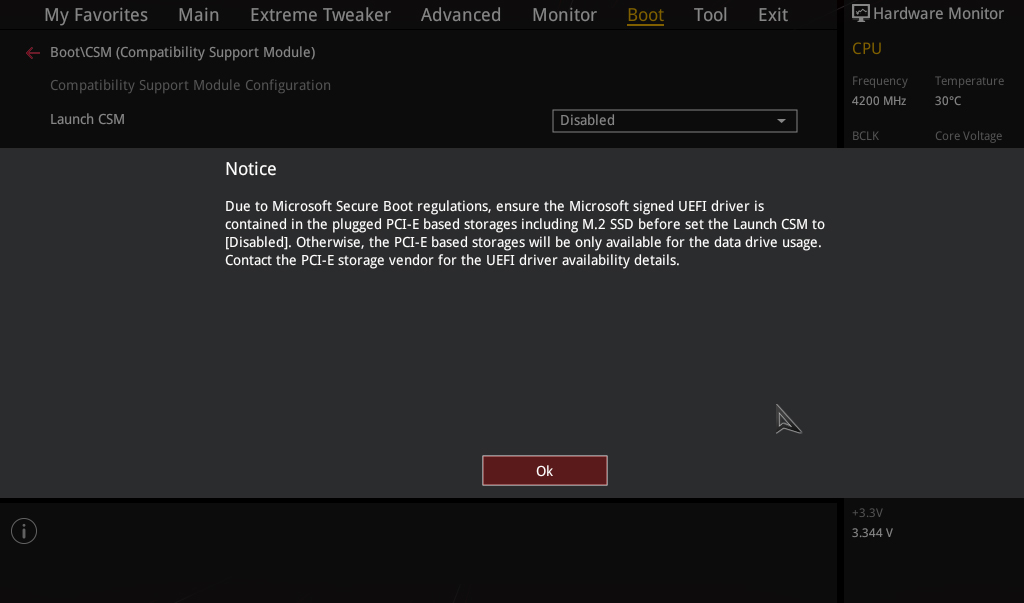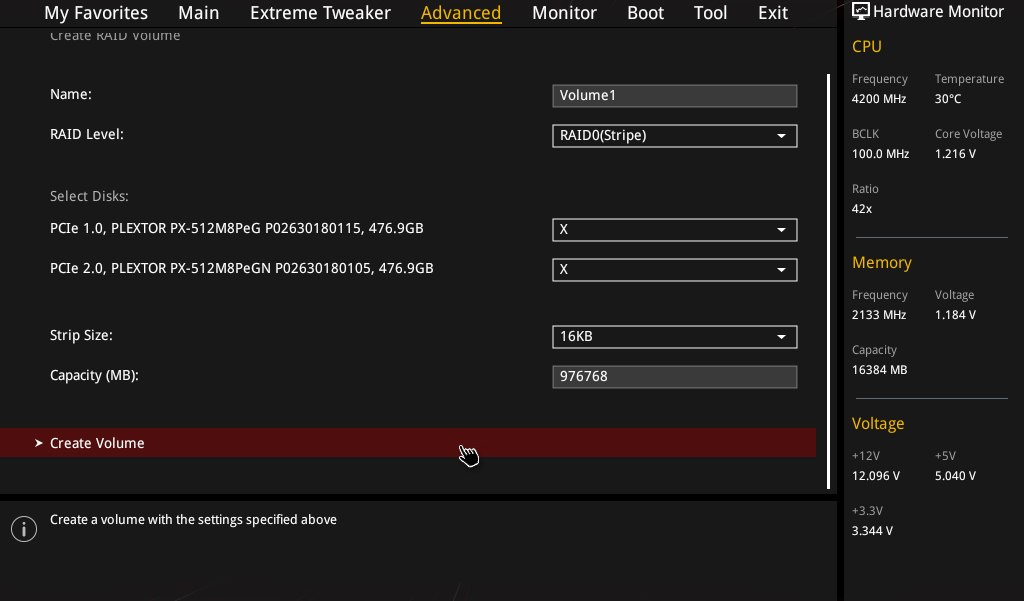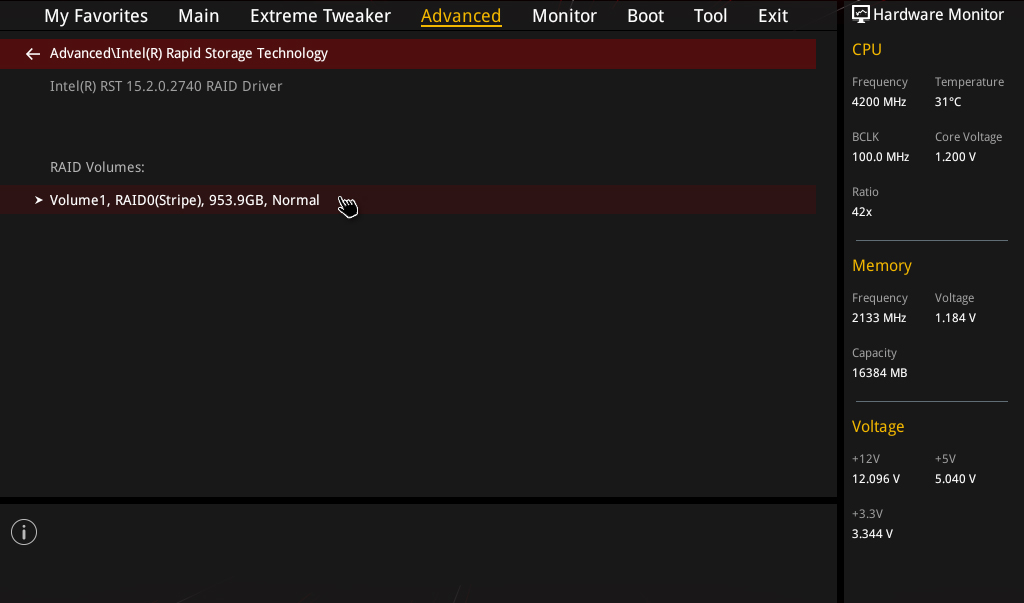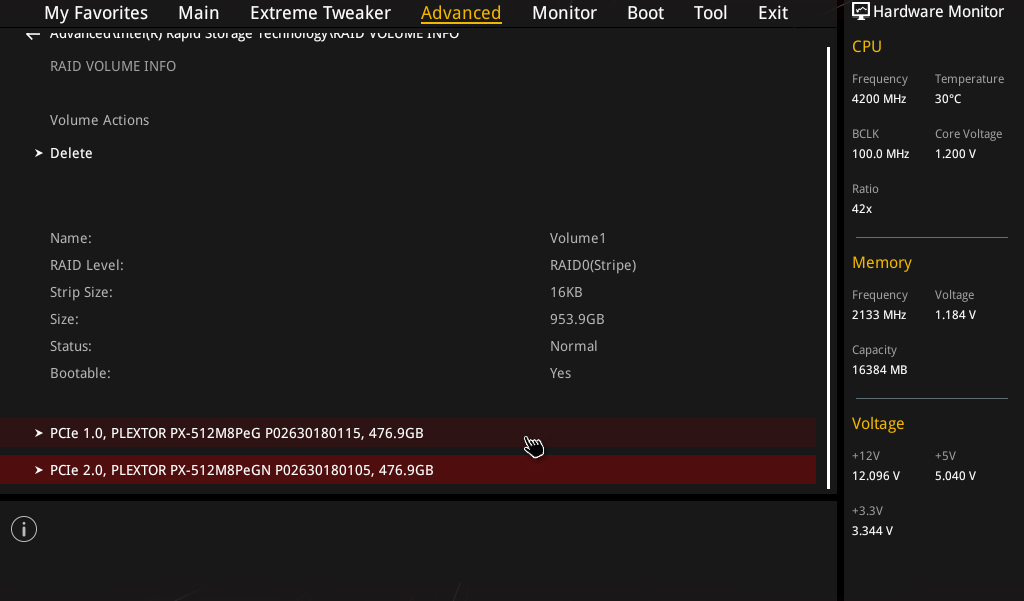How to install two M.2 SSDs in RAID 0 on Maximus IX Motherboards
M.2 PCIe SSDs are capable of being four times than SATA SSDs, and like graphics cards in SLI or CrossFire; you can drop in another for even more performance! If you are interested in building them in RAID 0 (Stripe) configuration on your ROG Z270 motherboard, here is a step-by-step guide to get you set up in no time! Here's more info about the different types of SSDs currently available.
The latest ROG Z270 motherboards offer four new exclusive options to cool your M.2 SSDs. For this guide, the ROG Maximus IX Code motherboard is being used to demonstrate, for those of you who already own M.2s already with heatsinks such as these Plextor M9Pe M.2 NVMe SSDs.
Let's quickly go through the M.2 installation process for the Maximus IX Code. It's not hard and should take you less than five minutes.
First, take off the cover for the M.2 compartment by removing the screw. There are a couple of hinges so only one screw is required to secure the panel. This compartment can hold M.2 Socket 3, with M Key, types 2242, 2260,2280 and 22110 (here's a quick guide for key types and lengths). Both SATA and PCIe modes are supported.
An M.2 screw pack comes with the motherboard consisting of a standoff and a screw. Screw in the standoff, insert the M.2 into place, and secure it with the screw.
An M.2 bracket also comes with the motherboard for the second M.2 SSD. The vertical design allows good airflow around the SSD while requiring mimimal space on the motherboard. The bracket can hold M.2 types 2242, 2260 and 2280, while this slot supports PCIe mode.
It's important to secure the locking pin on the bracket first (see below, left) by pushing it into the hole and twisting, making sure the pin is on top. Now, insert the second M.2 and screw in the bracket with the two screws included.
Finally, secure the second M.2 with the locking pin like shown below.
Now you're ready to setup your RAID 0 configuration in BIOS.
Enable RAID Support
Go to Advanced->PCH Storage Configuration->SATA Mode Selection, and select Intel RST Premium With Intel Optane System Acceleration (RAID).
Now Enable PCIe Storage RAID support for both M.2_1 and M.2_2.
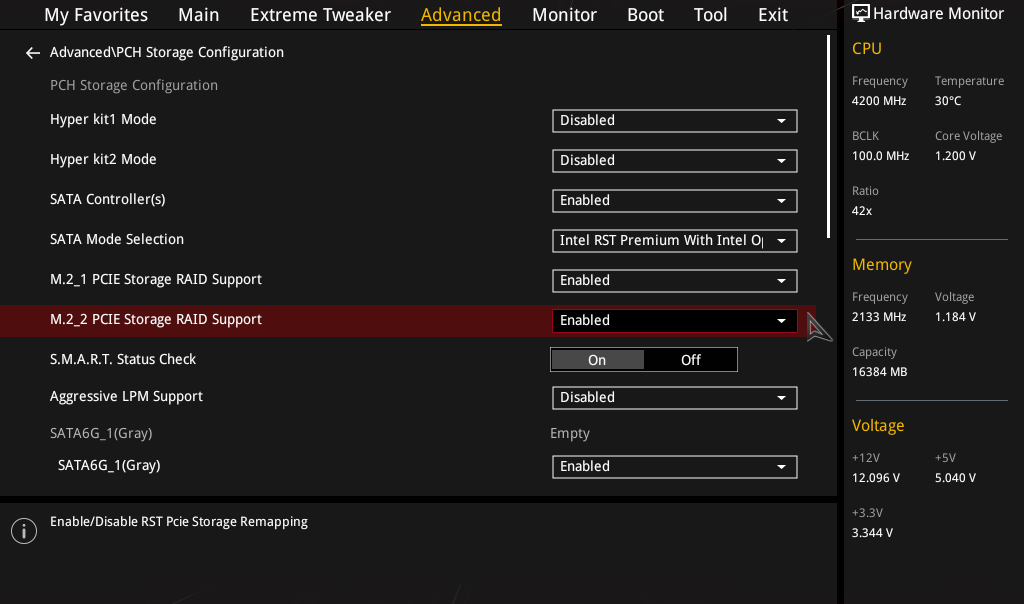
Disable CSM
If you plan on installing the OS on your new RAID volume (in other words - if you want to boot up faster than ever), then disable CSM.
Go to Boot->CSM (Compatibility Support Module)->Launch CSM, and select Disabled.
Create RAID Volume
Go to Advanced->Intel(R) Rapid Storage Technology, and then Create RAID Volume. Make sure the RAID Level is RAID 0 (Stripe) (RAID 1 (Mirrored) offers reliability rather than performance). From here you can create or delete RAID volumes easily.
Select (X) for both of the M.2 SSDs. (If only one shows up, then go back and make sure you have enabled RAID support for both SSDs)

Select Create Volume.
Save and Exit
Time to save and reboot.

Confirm
To be sure before you install your OS, you can go back to see if your new RAID volume is showing up with both SSDs in RAID 0.
Install OS
For those of you looking to increase the overall Windows experience by installing the OS to the RAID array, during the OS installation you will need to install the driver. Just download and copy onto a USB drive, use the file iaStorAC.inf to load the driver. When loading the driver it should look like this.
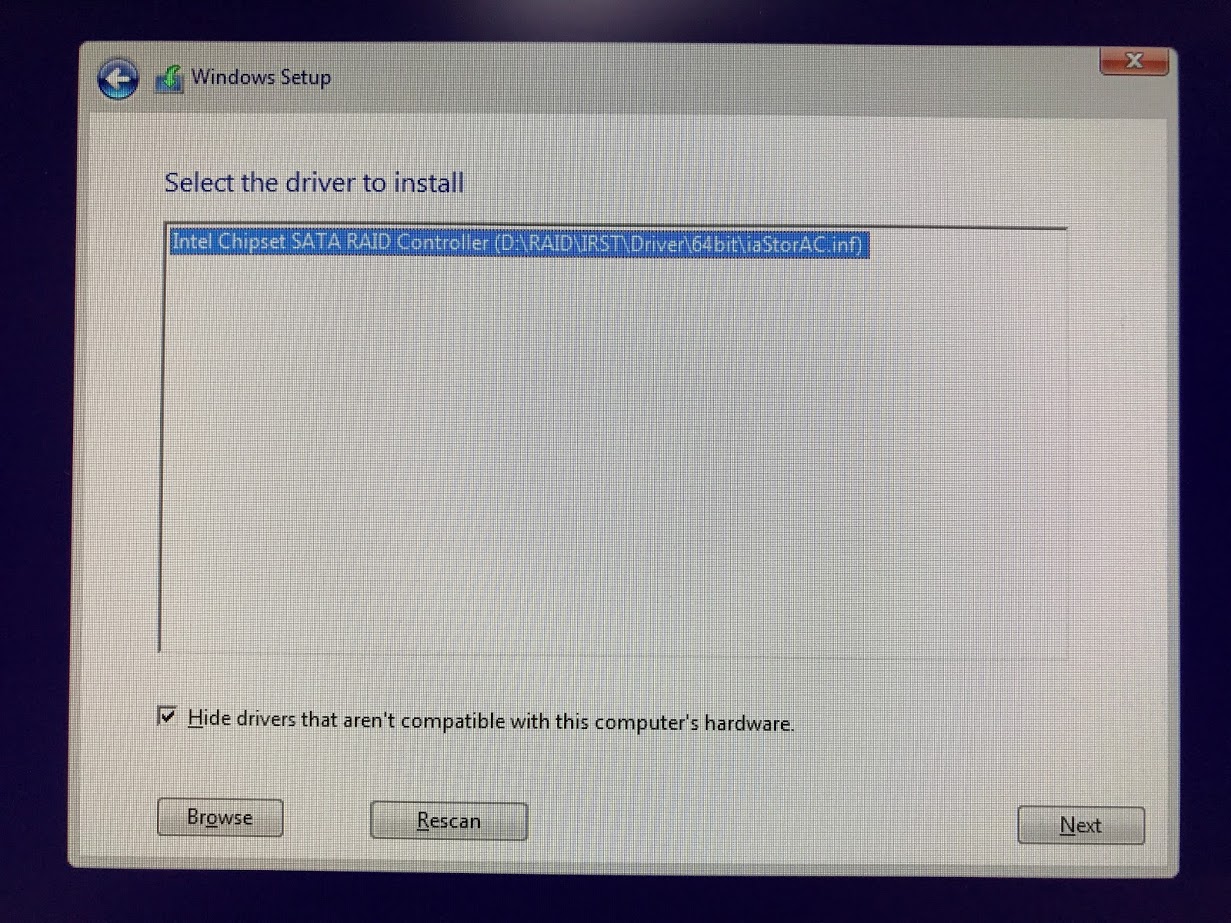
After the driver is installed, you can create or delete partitions however you like.

Finish installing Windows and watch everything load up in next to no time!
Author
Popular Posts
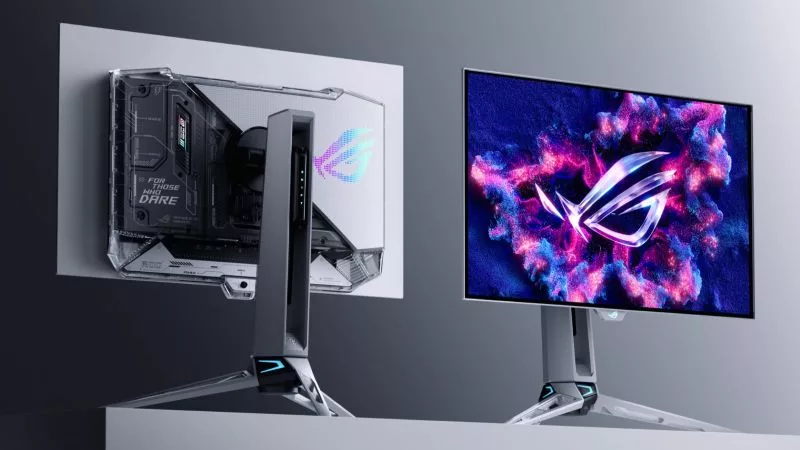
Prepare for Tandem OLED splendor with these new ROG gaming monitors

How to adjust your laptop's P-Cores and E-Cores for better performance and battery life
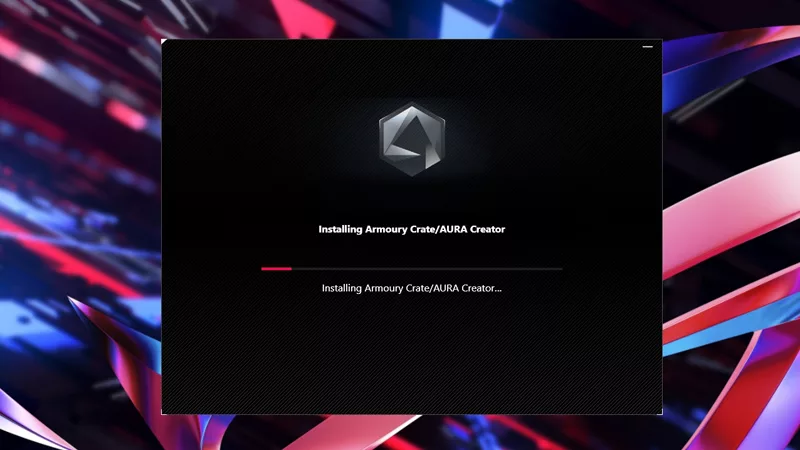
How to Cleanly Uninstall and Reinstall Armoury Crate
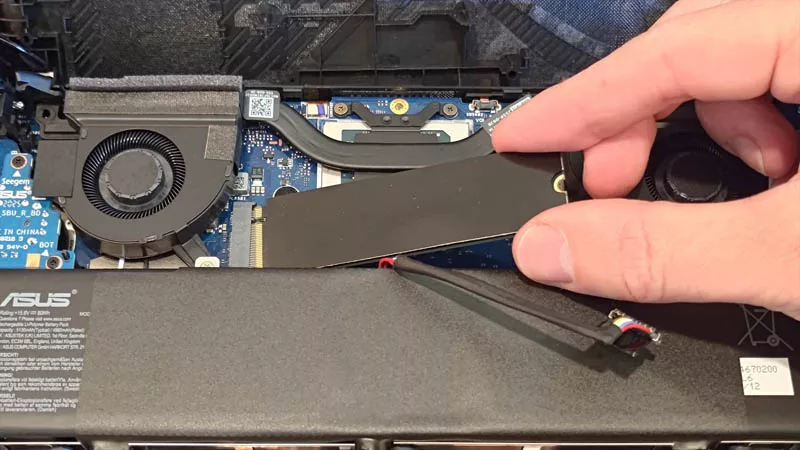
How to upgrade the SSD and reinstall Windows on your ROG Ally, ROG Xbox Ally, or ROG Xbox Ally X
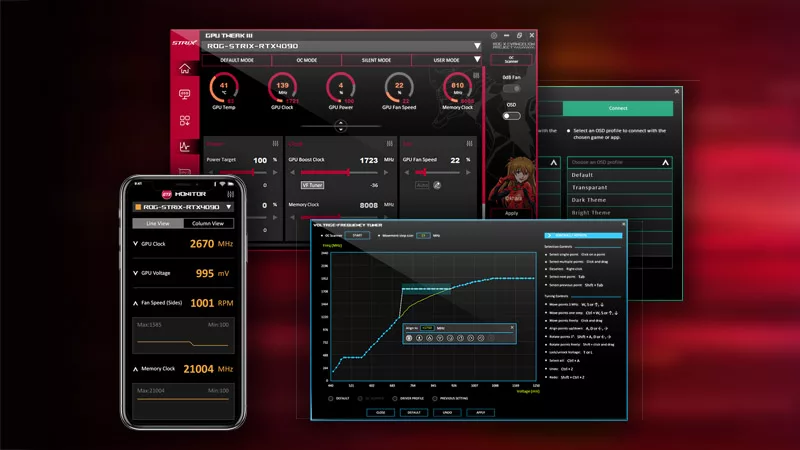
ASUS GPU Tweak III: The ultimate tool for advanced GPU tuning
LATEST ARTICLES

Hands-on: The ROG Raikiri Pro took my couch gaming to the next level
I've been a diehard PC gamer all my life, but I often play on the couch. The ROG Raikiri Pro has improved my living room PC gaming immeasurably thanks to a few useful features and loads of customizability.
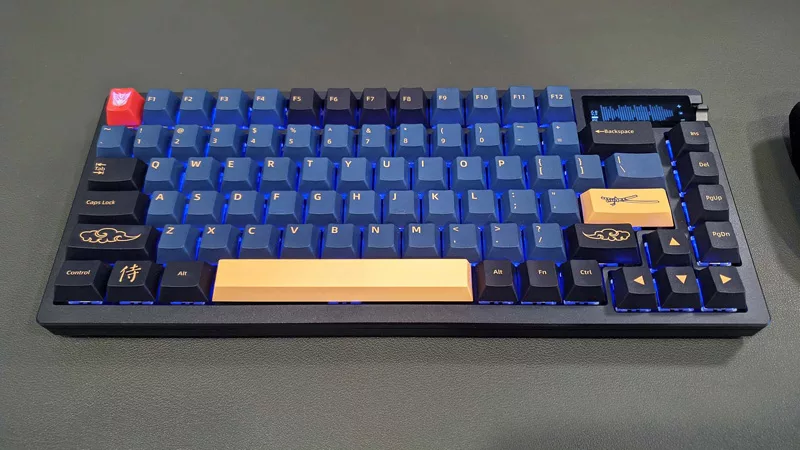
Hands-on: The ROG Azoth became the canvas for the keyboard of my dreams
Ever since I bought my first mechanical keyboard, I’ve been on a mission to mod and upgrade, mod and upgrade. But I think the ROG Azoth may actually be my endgame.
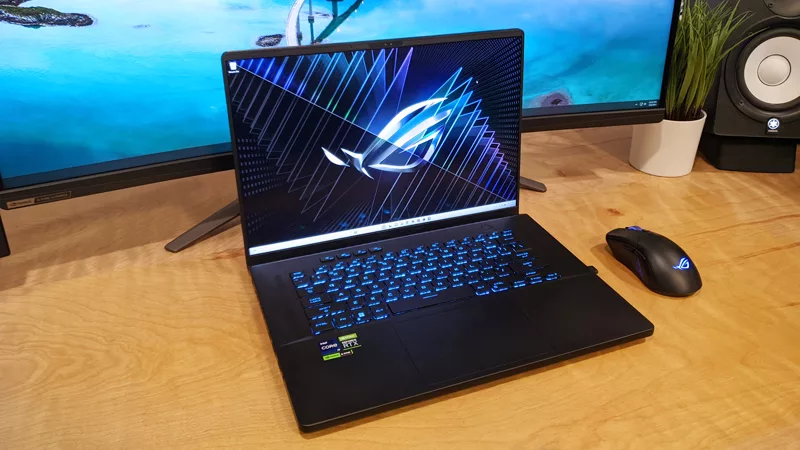
The Zephyrus M16 blends outstanding HDR gaming performance with undeniable luxury
The new ROG Zephyrus M16, with its Nebula HDR display, is like bringing a high-end home theater gaming setup with you wherever you go.
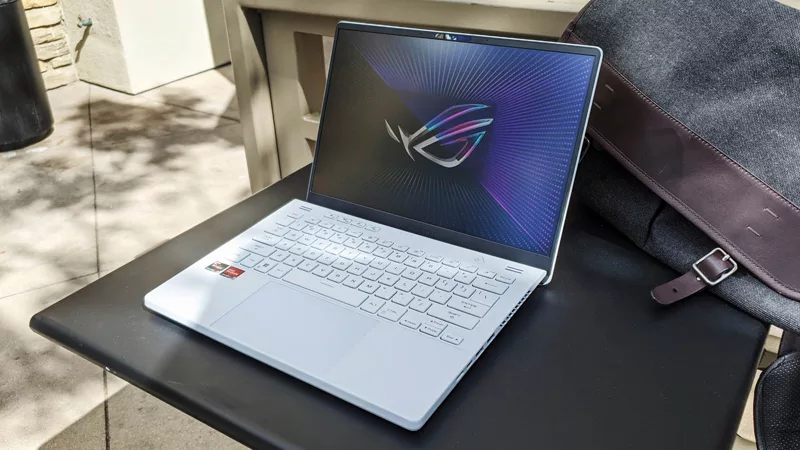
Radeon graphics and a stellar new display reinvigorate 2022 ROG Zephyrus G14
For a long time, I had to choose between underpowered ultraportable laptop and large laptops capable of gaming. But the ROG Zephyrus G14 puts admirable gaming chops into an ultra portable machine that travels anywhere.
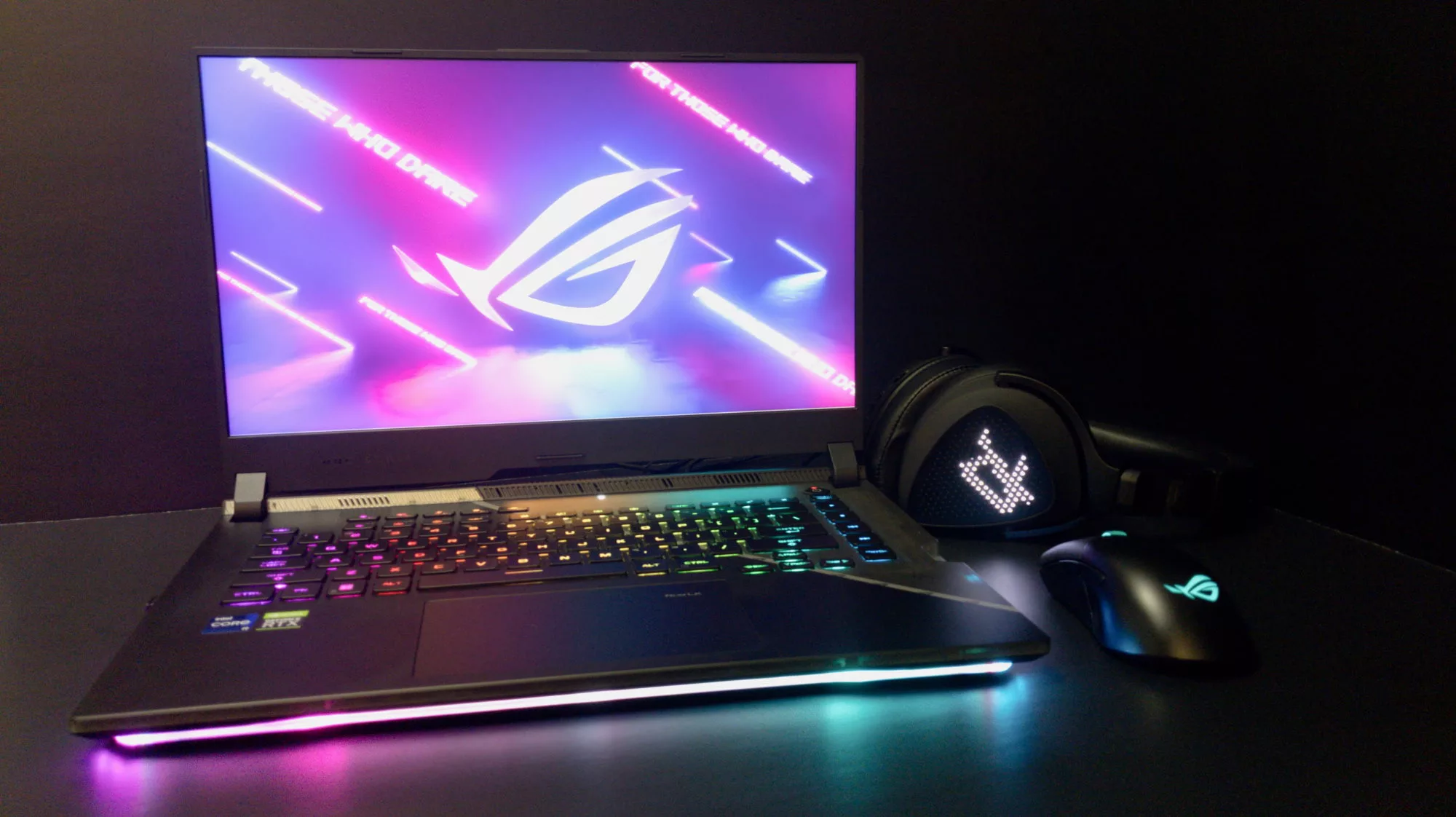
Ready to rumble out of the box: Hands-on with the ROG Strix SCAR 15
Living on the move or in a smaller space isn't a roadblock to high-end gaming. The ROG Strix SCAR makes portable powerful.
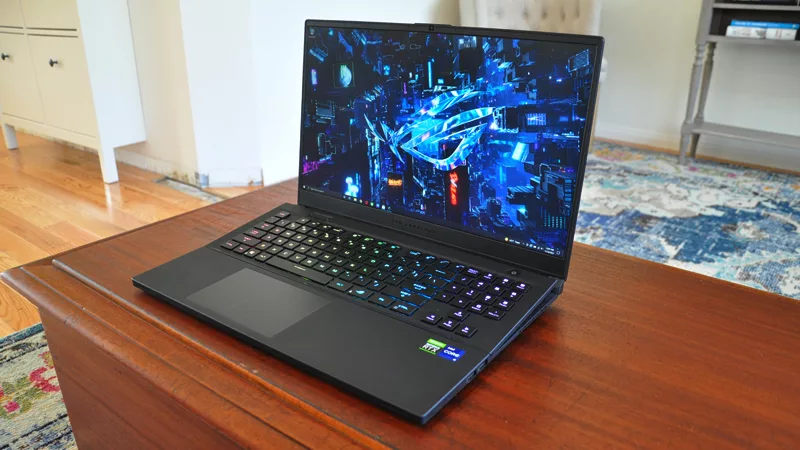
The ROG Zephyrus S17 is an outstanding mixture of power and portability
The S17 has it all: top-tier hardware in a slim package with all the bells and whistles.




